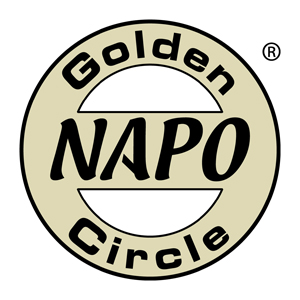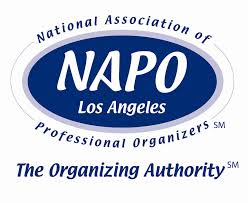The Mass-Media Madhouse
(Press-Central For Handy Soundbites, Useful Info,
And A Good Wet-Your-Pants Laugh)
Home / The Mass-Media Madhouse
(Press-Central For Handy Soundbites, Useful Info,
And A Good Wet-Your-Pants Laugh) / Smead Organomics / As Published In Smead Organomics --
Creating A Homework Station
As Published In Smead Organomics —
Creating A Homework Station

As those bright yellow buses start rolling again, parents are understandably concerned about the kind of learning experience their children will have in the classroom — but it’s just as important that you give your kids the right study environment (meaning an orderly and organized one) at home.
Choosing A Location
Where does your kid do homework each evening? At the kitchen table? In front of the television? Hidden away in a dark corner of the bedroom? Or perhaps your child studies in a different location every night — migrating from room to room, misplacing papers and spreading school supplies all over the house? Every child should have a quiet, undisturbed, and DEDICATED location for studying.
Fortunately, kids don’t require much space — even a small niche is fine as long as it’s away from noise and distraction, has comfortable seating, provides good lighting, and offers enough room to spread out. If you simply can’t designate a permanent workstation, set up a rolling cart so your child can easily take papers and supplies from place to place without leaving anything behind. (Every student should have a study space of some kind to call “mine” — even if the thing has wheels!)
Setting Up The Supplies
The school supplies a child needs depend on what grade and class subjects you’re dealing with — but every homework station should be equipped with the basics. Writing implements and art supplies can be stored in a series of small plastic drawers (one for markers, one for pens, one for pencils, one for paintbrushes, one for crayons). Loose paper works best when placed in stacking trays (computer paper in one, notebook paper in another, construction paper in a third). All those little loose supplies (like scissors, tape, rulers, protractors, staplers) can be stored in labeled shoebox-style containers. And don’t forget a solid set of bookends for holding up schoolbooks, binders, and notebooks. It’s also not a bad idea for your child to have duplicates of those supplies used both at home and in the classroom — a “homework station” set and another set in ye olde school binder. It may seem redundant, but you run less risk of something important being lost or left behind.
Keeping Track Of Papers
Most parents’ biggest complaint during the school year is paper. Homework assignments, school calendars, memos, permission slips, graded assignments, art — the amount each kid receives can be overwhelming! The best way to stay on top of school papers is to stem the tide before it even starts.
- Completed assignments should go right back into your child’s homework folders.
- Fill out any forms or permission slips IMMEDIATELY — then return them to your child’s school folder, so they can be turned in the next day.
- As you receive calendars/activity notices, mark the date in your planner and discard the paperwork.
- Organize administrative papers (like class directories and instructions for the year) in an expandable file at your command center or desk — papers you need to carry with you on the go can be stored in a portable file box or vinyl divided wallet.
- Designate a plastic tub with a lid for “art/school papers.” Each time your child brings home a drawing or an A+ report (or other item that you want to save), put it in the box (instead of piled all over the desk or on the floor) — at the end of the school year, pick your favorites to include in a scrapbook.
Color Coding Is Key
It can be hard to keep all the materials for one class together — so the trick is to color code. Choose a different color for each class (math is blue, history is orange, and science is green). So let’s say we’re setting up supplies for math — your child would have a blue pocket folder (the left side for new assignments, the right side for completed homework that needs to be handed in), a blue textbook cover, a blue pouch for any class-specific school supplies, and possibly a blue poly envelope or expanding wallet for larger materials. Double-checking in the morning (to make sure all the right folders and school paraphernalia are packed for the day) is a cinch — no more excuses for showing up to class unprepared!
Click here for reuse options!Copyright 2001 RamonaCreel.com
 PS: Wanna instantly rack up some serious virtual cred? I've made it easy for you to share this content with your social networking friends, e-mail it to your peeps, or republish it in your own blog (thereby showing off how smart you are) with these links.
PS: Wanna instantly rack up some serious virtual cred? I've made it easy for you to share this content with your social networking friends, e-mail it to your peeps, or republish it in your own blog (thereby showing off how smart you are) with these links.
(iCopyright widget here)
"I Have More To Say About This... No Surprise!"
If you would like to reprint this page, please contact me





